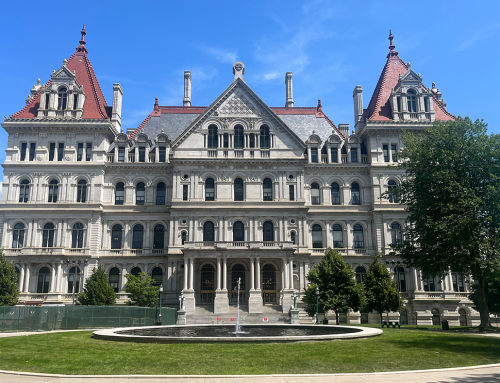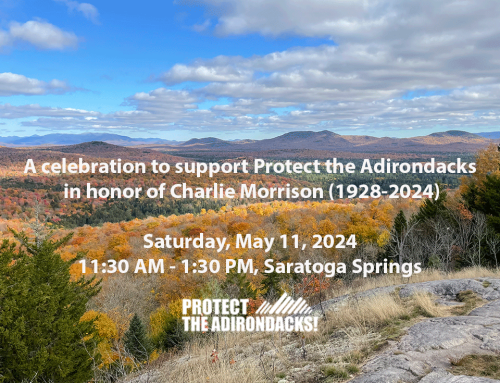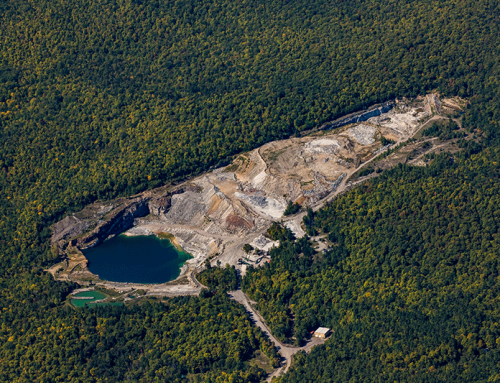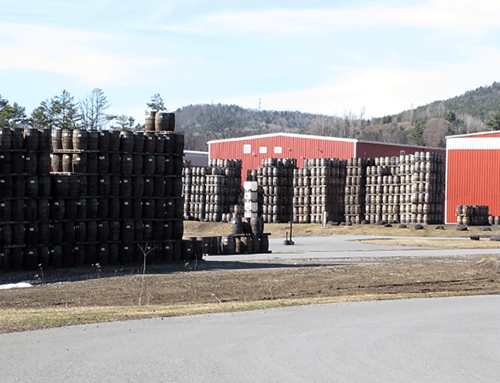Protect the Adirondacks and the Sierra Club launched a lawsuit to challenge the Adirondack Park Agency’s approval of 6,000-acre Adirondack Club & Resort project in Tupper Lake in March 2012. This followed years on monitoring this project and intervening in the official public hearing. PROTECT believes that this project sets a dangerous and ruinous precedent that will guide development on hundreds of thousands of acres of private lands across the Adirondack Park. PROTECT believes that approval was won because the APA ignored its laws and regulations and because of undue political influence.
Most Recent Actions: Read a recap from the Adirondack Daily Enterprise about oral arguments before the Appellate Court, Third Department, held on April 28th.
See a timeline for major activities in this lawsuit below.
See PROTECT’s Brief here submitted in September 2013. See the ACR attorney’s Response Brief here submitted in January 2014. See the state’s Response Brief here submitted in January 2014. See PROTECT’s Reply Brief submitted in February 2014 here.
February 2014: PROTECT attorneys submit PROTECT’s Reply Brief.
January 2014: ACR attorneys and state submit Response Briefs.
November 2013: The state received a second extension until January 2014 to file its Reply. PROTECT will have until early February 2014 to submit its Answer. Oral arguments will likely be scheduled in the April or May of 2014 with a final decision 2 -4 months thereafter.
October 2013: The state has asked for and received its first extension for its Reply.
The Adirondack Park Agency also rejected the amphibian impacts study submitted by the ACR developers. The APA enumerated 13 areas where it was deficient.
September 2013: PROTECT submitted its Brief on September 9th to the NYS Appellate Division, Third Department. This Brief details the 29 allegations in this lawsuit for how the APA violated established official legal process and various parts of the APA Act in voting to approve this project.
The state and the ACR representatives now have 45 days to respond to this Brief. PROTECT will get 15 days to submit a Reply Brief to their responses. It is likely that the Appellate Division will schedule oral argument in early 2014.
PROTECT-Sierra Club also filed a new motion for discovery around the ex parte issues. We anticipate a decision on this appeal by the end of 2013.
July 2013: The ACR consultants submit a barebones “amphibian impacts analysis” to the Adirondack Park Agency (APA).
May 2013: PROTECT won both motions – leave to appeal on the request for discovery was granted, and the developer’s motion to curtail PROTECT’s time was denied. The appeal was consolidated with the main case into a single proceeding.
April 2013: The lawsuit was transferred from the trial court back to the Appellate Division. PROTECT made a motion seeking permission from the Appellate Division to appeal the denial of its motion for discovery. The developers made a motion to curtail PROTECT’s time to complete the filing of its brief and the record.
March 2013: State Supreme Court in Albany denied PROTECT’s motion for discovery.
January 2013: The respondents submitted Answers opposing PROTECT’s motion, and PROTECT submitted a Reply. The respondents denied that improper contacts occurred between the APA and the developers, but did not deny that improper political influence occurred.
December 2012: PROTECT re-filed its motion for discovery in the trial court.
November 2012: The Appellate Division sent the lawsuit and PROTECT’s motion for discovery back to the trial court.
PROTECT filed a new lawsuit challenging the denials of its FOIL requests.
October 2012: The respondents submitted answers to PROTECT’s motion for discovery.
September 2012: PROTECT submitted a motion for discovery around the ex parte contact allegations, seeking permission to depose various witnesses. PROTECT submitted a Memorandum of Law in support of the motion for discovery.
August 2012: By agreement of the parties, the case was transferred from a trial court to the Appellate Division, Third Department, in Albany, which was required because the APA’s decision was the result of an adjudicatory hearing.
July 2012: PROTECT received responses to its FOIL requests that show extensive communications between APA leadership and the project applicant. APA also denied various PROTECT Freedom of Information requests. PROTECT formally appealed these denials. PROTECT’s appeal of the FOIL denials was mostly rejected by the APA. Some heavily redacted information was provided. The existence of extensive correspondence between individuals in state government outside the APA and APA leaders was identified, but those documents were withheld by APA.
In the lawsuit, the respondents filed their Amended Answers and PROTECT filed its Reply documents, which detailed the ex parte contact allegations.
June 2012: PROTECT filed an Amended Petition, which added a 29th claim against APA.
May 2012: The respondents filed their Answers to PROTECT’s initial Petition.
March 2012: Protect the Adirondacks, Sierra Club Atlantic Chapter, and three neighboring landowners filed a lawsuit against the APA, NYS Department of Environmental Conservation (DEC) and the developers, challenging the approval of the ACR project. The case was filed in Albany County, where DEC has its central office.
The initial Petition in the lawsuit made 28 claims, chief among them:
• When it approved the ACR project, the APA referred to its laws as mere “guidelines” and “recommendations.” This never happened before.
• The APA also illegally supplemented the public hearing record to support its faulty or non-existent findings. The purpose of a formal adjudicatory hearing is to make a record to support a decision. The APA is not supposed to use information outside the hearing record to make a decision.
• The project violates the law by fragmenting 4,805 acres of undeveloped forestlands, classified as “Resource Management” by the Adirondack Park Agency Act, into 35 “Great Camp” lots and 45 other smaller lots. None of these 80 lots in the Resource Management lands are situated, as the statute calls for, “in small clusters on carefully-selected and well designed sites.”
• Despite having formally asked the developers to prepare a 4-season, comprehensive wildlife study no less than four times, the APA approved the fragmentation of the undeveloped forest lands without ever having received this wildlife study.
• Even more puzzling is the APA’s approval of the project on the condition that more studies of impacts to wildlife would be done after that approval, rather than beforehand.
• ACR’s principal financing is unproven. The initial road, sewer, water and electric infrastructure for the project is proposed to be financed by $36 million in bonds to be issued by the Franklin County Industrial Development Agency (IDA). The IDA’s own bond counsel has questioned the novel scheme.
• APA violated its own regulations in numerous respects, including allowing illegal “ex parte” contacts (communications not on notice to the other parties to the proceeding) between the developer’s representatives and APA’s executive staff.
• PROTECT is also concerned about a public statement by a local official indicating that there was improper influence by the developers in the APA’s decision. Since then, this same local official has revealed that there was also improper political influence on the decision.
All parties agreed to a schedule for the filing of their pleadings and the eventual transfer of the case to the Appellate Division.
PROTECT believes that the ACR project sets a dangerous precedent that will be replicated across the Park. This development threatens not only the ecological integrity of 4,805 acres of Resource Management lands in Tupper Lake, but also threatens over 1.5 million acres of other Resource Management lands across the Adirondack Park.
February and March 2012: PROTECT submitted various Freedom of Information Law (FOIL) requests to the APA for materials about the ACR review and approval.
January 2012: The NYS Adirondack Park Agency (APA) approved the 6,200+/- acre Adirondack Club & Resort (ACR) project in Tupper Lake. In The New York Times, the APA Chairwoman called the APA’s approval “a huge win.” John Caffry, attorney for Protect the Adirondacks, stated in the same Times article “With this vote, it is now clear that the park’s anti-environment and pro-development forces have achieved their long-term goal of capturing control of the park agency. It will be open season on subdividing the park’s backcountry lands.”
The APA voted 10-1 to approve the 6,200+/ -acre ACR project, comprised of 206 single family dwellings, 453 units in 125 multifamily dwellings, a 60-room inn with a restaurant, a ski lodge and a ski services building, a gym and recreation center, a spa/health club, an amphitheater, a clubhouse, an equestrian center, a marina, a 280,000-gallon water storage tank, 20+ miles of electric transmission lines, a sewage pump station, a community wastewater treatment plant and collection system, 10+ miles of roads to be dedicated, and 5+ miles of private roads.





